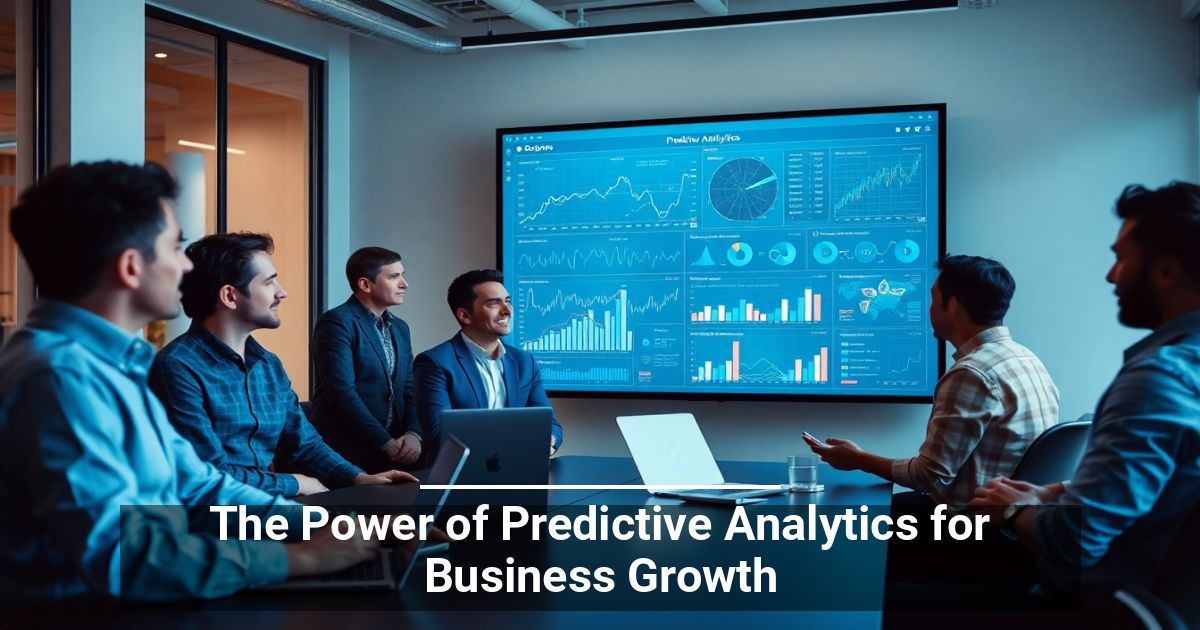 How do some of your competitors always seem to know what’s coming next? Predictive analytics is likely their secret weapon. Keep reading and learn how the most successful establishments leverage historical data patterns to stay ahead effortlessly.
How do some of your competitors always seem to know what’s coming next? Predictive analytics is likely their secret weapon. Keep reading and learn how the most successful establishments leverage historical data patterns to stay ahead effortlessly.
What Is Predictive Analytics?
Imagine predictive analytics as a “crystal ball” that runs on data instead of magic. You can accurately anticipate future outcomes by accurately analyzing past behaviors and trends.
The following tools make this technology possible:
- Data mining systems that extract valuable insights from large datasets
- Statistical models for identifying patterns and relationships
- Visualization software that makes otherwise complex data easy to understand and present
- Machine learning models, which can learn and fine-tune the process over time
Unlocking Growth Through Actionable Insights
There’s a reason why establishments across various industries are implementing predictive modeling. It brings many worthwhile advantages, including:
Better Decision Making
Forecasting tools help you stay ahead by identifying time-sensitive opportunities before they fade. They analyze trends, predict shifts, and highlight pivotal moments to act.
In finance, for example, forecasting tools alert you to market fluctuations and guide investment strategies. They may also unveil consumer preferences and shape inventory decisions in retail.
Client Retention and Engagement
Retaining customers can prove challenging in fast-paced markets. Preferences change, trends evolve, and competition is fierce. It’s not always easy to know what keeps them coming back.
That’s where data modeling comes in. With details like purchase histories, browsing behavior, and feedback scores, businesses can better craft experiences that bring high-risk customers back into the fold and foster long-term loyalty.
Boosted Workforce Productivity
Analytics shines at uncovering operations inefficiencies. Managers and team leaders gain clarity on bottlenecks by examining error rates, process times, and resource utilization.
For example, tracking production delays or employee workloads reveals where you need adjustments to enhance overall efficiency.
Risk Assessment and Management
Just as predictive analytics helps identify growth opportunities, it can also alert you to the following issues:
- Security vulnerabilities within systems
- Financial risks from market fluctuations
- Potential equipment failures before they occur
- Emerging trends that may impact business strategy
Industry Compliance
Data privacy and protection regulations are non-negotiable for nearly every sector today. Whether handling customer info or sensitive business data, vigilant compliance creates trust and avoids legal mishaps.
Analytics quickly spots shifts in regulations and serves as support for your team. Human specialists add context and align strategies with evolving standards.
Build a Trend Analysis Framework for Your Business
Follow these steps to keep your business ahead in a fast-paced market:
- Identify your main objectives, such as tracking consumer behavior or improving operational efficiency.
- Consolidate all relevant data into a single, accessible platform.
- Invest in analytic tools like Power BI and Azure ML that easily integrate into your existing systems and allow model creation without intensive coding.
- Build, train, and regularly test your models to ensure accuracy.
By leveraging predictive analytics, businesses can gain actionable insights, make smarter decisions, and stay competitive. Start small, stay consistent, and watch underutilized data transform your operations.



